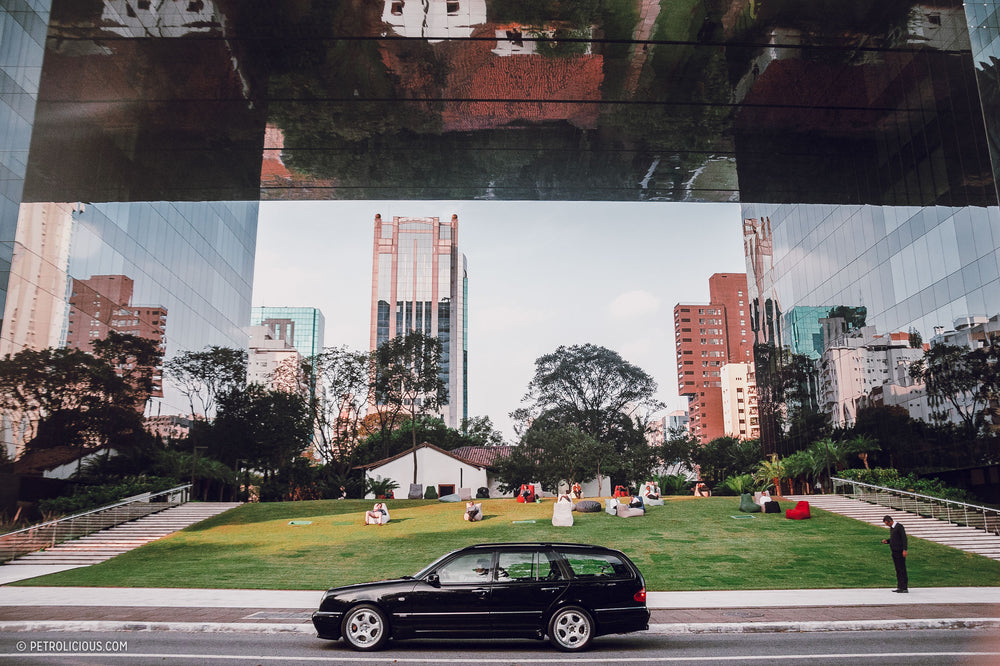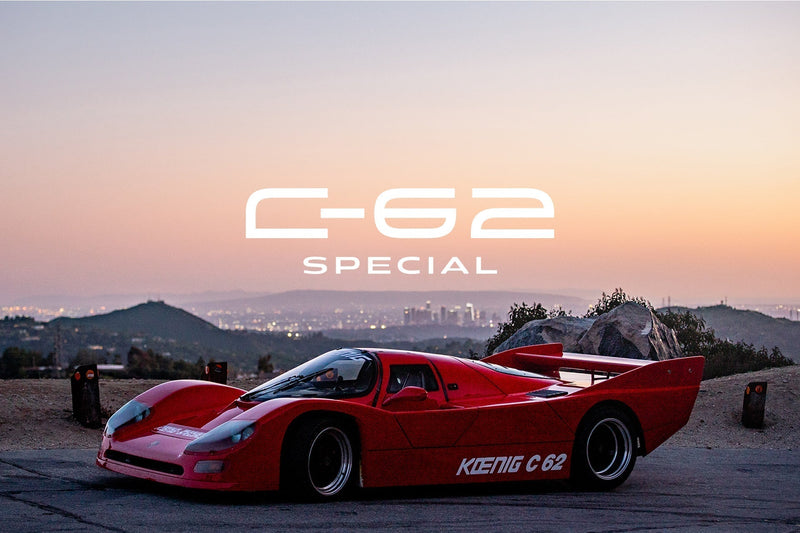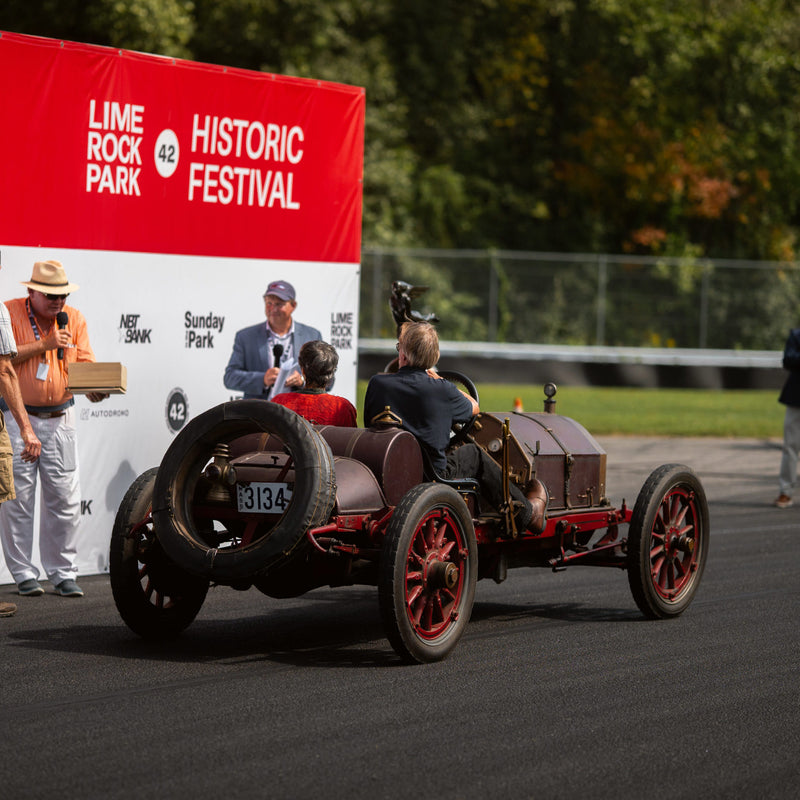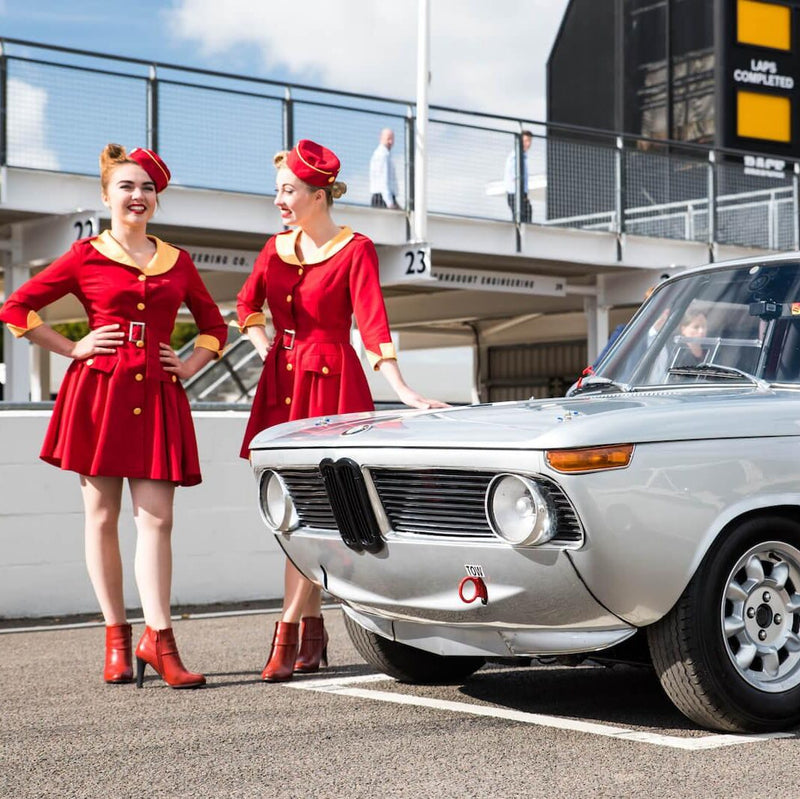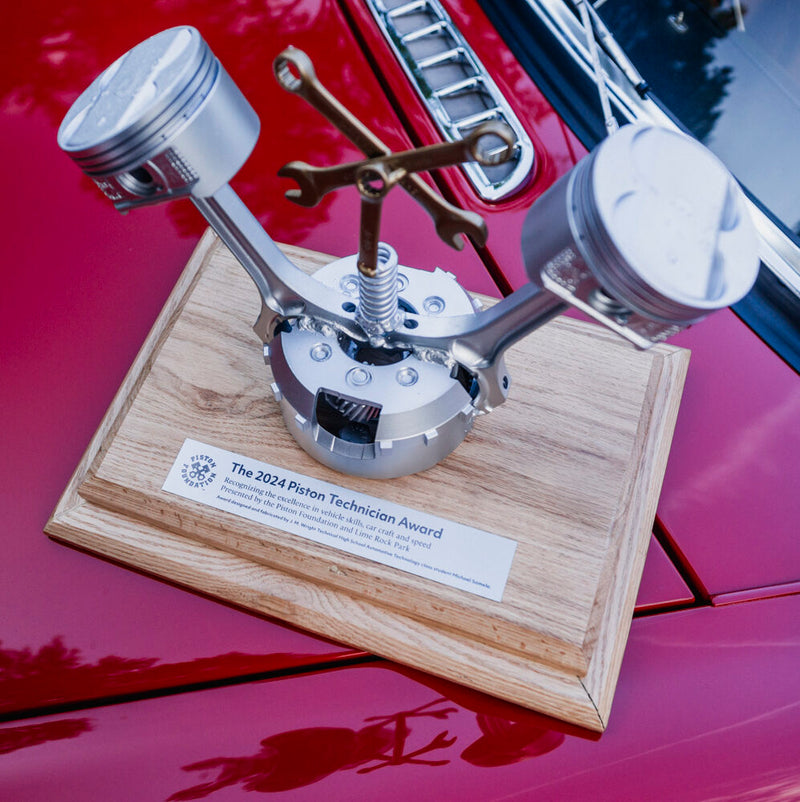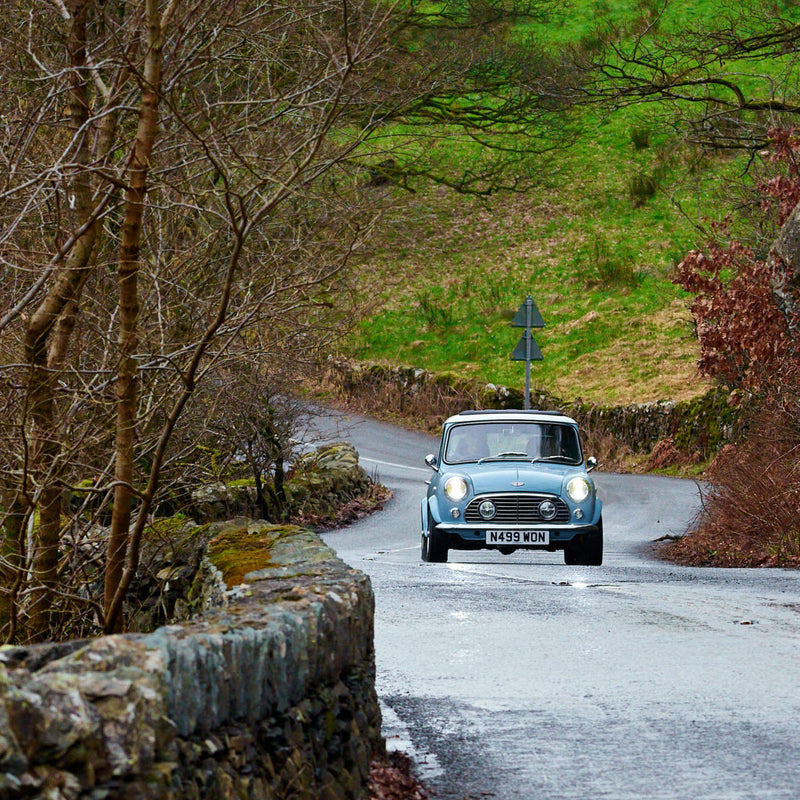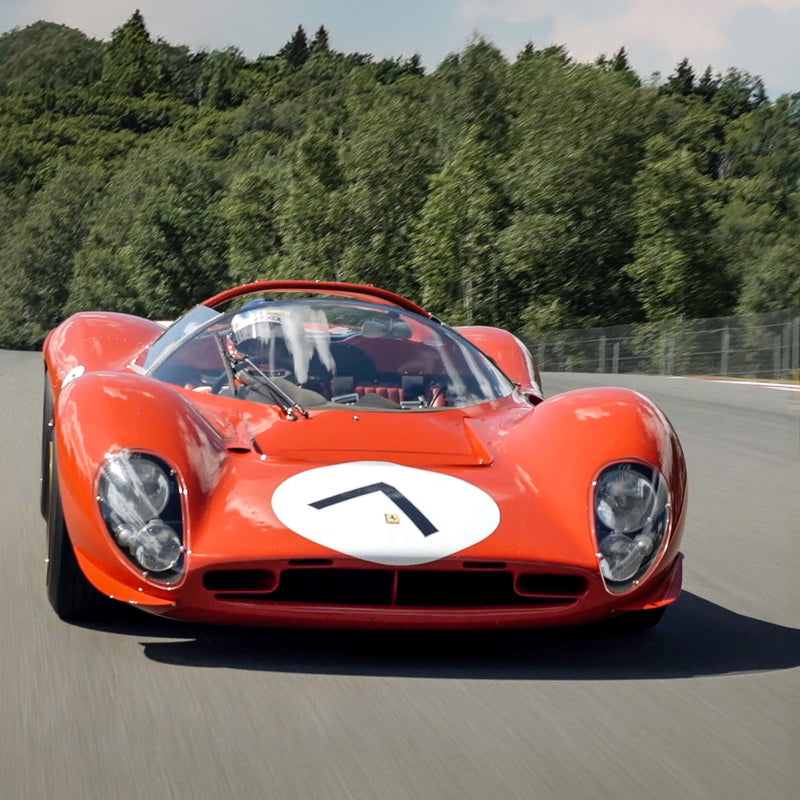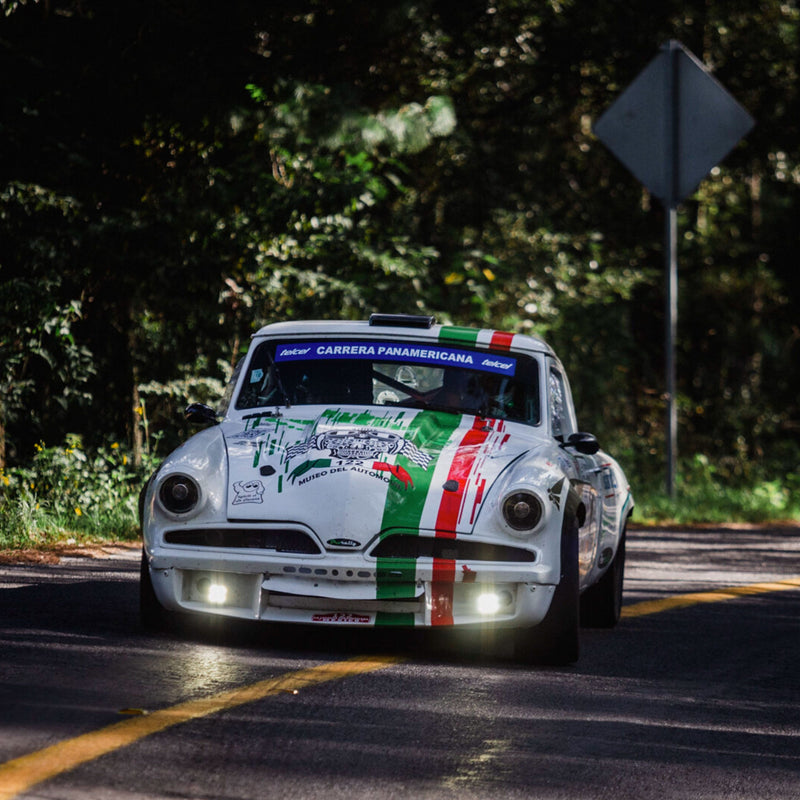Forgotten in the archives of the radical station wagons that roamed the world before the craze for SUVs wiped them out of many a market is the 20th century’s fastest wagon of them all: the 7.3L Brabus E V12 Mercedes-Benz S210. With an impressive 574bhp on call, 0-62mph achievable in 4.9 seconds, and with a top speed just two mph under 200, this was the wildest long-roof a lot of money could buy. However, many people don’t know of this unique machine’s existence.
Only two of these monsters were produced in period, and even though one of them was owned by none other than Michael Schumacher you aren’t likely to hear about them nowadays. Brabus also tuned a limited number of “lesser” S210 wagons back then—the number of these ranges from three to 15 depending on whom you ask—and while there was no exotic cylinder count under the hood, the big bad V8 was still providing plenty of thrust. Powered by souped up 6.5L M119 V8s, this engine still had a lot of cred, seeing as it formed the basis for M-B’s CLK-LM, the Sauber-Mercedes C9 Le Mans winner, and the C11 prototype.









The idea of a “sleeper wagon” with the subtly and style of a Mercedes-Benz appealed to my friend André in Brazil, who bought this Brabus last year and has been enjoying it in São Paulo since then.
During my latest visit to country, André and I met up to go out exploring the area during a test drive through the city streets of São Paulo and the surrounding suburbs. We went largely unnoticed in our black stealthmobile as we plotted a course through the iconic streets of the area, like those around Faria Lima which blends impressive modern architecture with the houses of the traditional neighborhoods. The best example of the former is the Pátio Victor Malzoni, a contemporary building designed in an arch shape to preserve and showcase the traditional 18th-century “Bandeirista House” within its central courtyard-like space.

As we continued on our drive tour with no real destination in mind, the car gave me a few impressions, and my head my a few depressions on the headrest, given that it can get to 62mph from zero in just under 5.3 seconds. The V8’s output is passed through the automatic 5Gtronic five-speed, which while perhaps not as fun as it would be in manual form, is more than capable of handling the 662Nm of torque (about 488ft-lbs) produced at 3,800 revs. The sound emitted far behind us from the custom exhaust is splendidly angry, and it stands in contact hilarious contrast to the fact that we get to listen to it from the typical comforts of the Mercedes-Benz’s interior, which remains more or less stock with few bits of extra leather, and handful of touches to the center console. Outside, the front and rear bumpers were changed for a sportier look but are far from the aggressive look that today’s AMG and Brabus and other hot Benz’s have—just enough to evolve with the design cues from Steve Mattin's original design. André and I concur, the car is more of a performance tuning piece than a brazen new bodykit.







According to the paperwork, the car's started life as a fully-equipped E420 ordered at the end of 1996, wherein it was immediately sent to Brabus to be modified, and was delivered one year later in December of 1997 as an official Brabus vehicle. According to Ulrich Gauffrés (Brabus’ development chief), the engine was bored and stroked to 100x101mm for a 6,409cc capacity, with an 11.0:1 compression ratio. The package delivered approximately 460bhp at 5,900rpm. the list of modifications to the engine goes on, with a steel billet crankshaft, lightweight pistons, ported cylinder heads, bigger valves, a Brabus camshaft providing more lift and overlap, a modified intake and exhaust system, and of course a remapped ECU. All of that made it capable of attaining a top speed figure of 290km/h (180mph), and a 0-100km/h (62mph) sprint in less than 5.3 seconds. To stop, the car uses an Alcon four-pot brake kit, with 330mm front rotors and 280mm pieces in the rear.




André is quite happy with his purchase, for this is a uniquely elegant, multipurpose performance car lurking under the unassuming shell of a ‘90s Mercedes-Benz wagon—perfect to cruise around the modern streets São Paulo and enjoy the rare empty stretch of pavement along the way.











